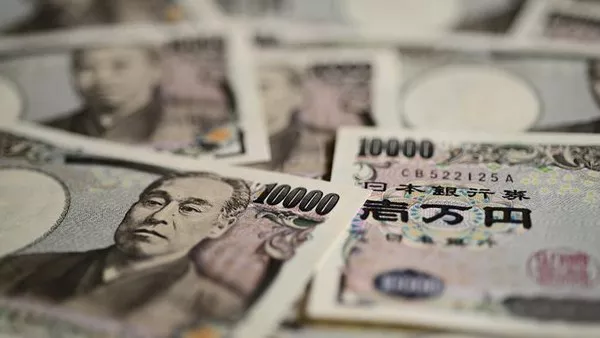Entering Thursday’s European session, EUR/JPY fell slightly to an intraday low near 159.03, recording its first decline in four days. The cross confirmed rising government bond yields, while fears of Japanese intervention to defend the yen and rumors of Germany could continue to weigh on economic optimism in the euro zone.
The yield on the U.S. 10-year Treasury note remained strong near its highest level since October 2022 (early trade), currently around 4.29%. It should be noted that during late 2022, high levels of bond prices sparked fears of an economic slowdown, which dragged down risk asset prices and also supported the dollar.
On the other hand, rating agency Fitch lowered its medium-term GDP growth forecasts for 10 advanced economies, including Germany, in its global economic outlook report released on Wednesday.
In addition, the mixed data in the euro zone also challenged the bulls of the euro against the yen, while the market worried that the Bank of Japan policy makers were preparing to intervene in the currency market to defend the yen. On Wednesday, industrial production in the euro zone unexpectedly rose by 0.5% month-on-month in June, compared with market expectations of -0.1% and the previous value of 0.0%. Meanwhile, Industrial Production improved to -1.2% YoY from -2.5% vs. -4.2% expected. In addition, the revised value of GDP in the second quarter of the euro zone was confirmed to be 0.3% month-on-month and 0.6% year-on-year, but the initial value of employment change decreased during the same period.
On the other hand, Japan’s July merchandise trade balance and June machinery orders were mixed, which in turn defended the Bank of Japan officials’ support for ultra-loose monetary policy. In addition, Japan’s June tertiary industry index fell to -0.4% month-on-month, the previous value was 1.2%.
Elsewhere, hawkish Fed concerns coupled with concerns over a slowing Chinese economic recovery also weighed on sentiment and pushed the EUR/JPY pair higher through risk aversion. Amid the sentiment, S&P 500 futures fell to their lowest level in five weeks, while Euro Stoxx 50 futures also remained subdued at the latest.
Eurozone June trade balance will act as a short-term catalyst, but risk factors will be key for clear guidance.


